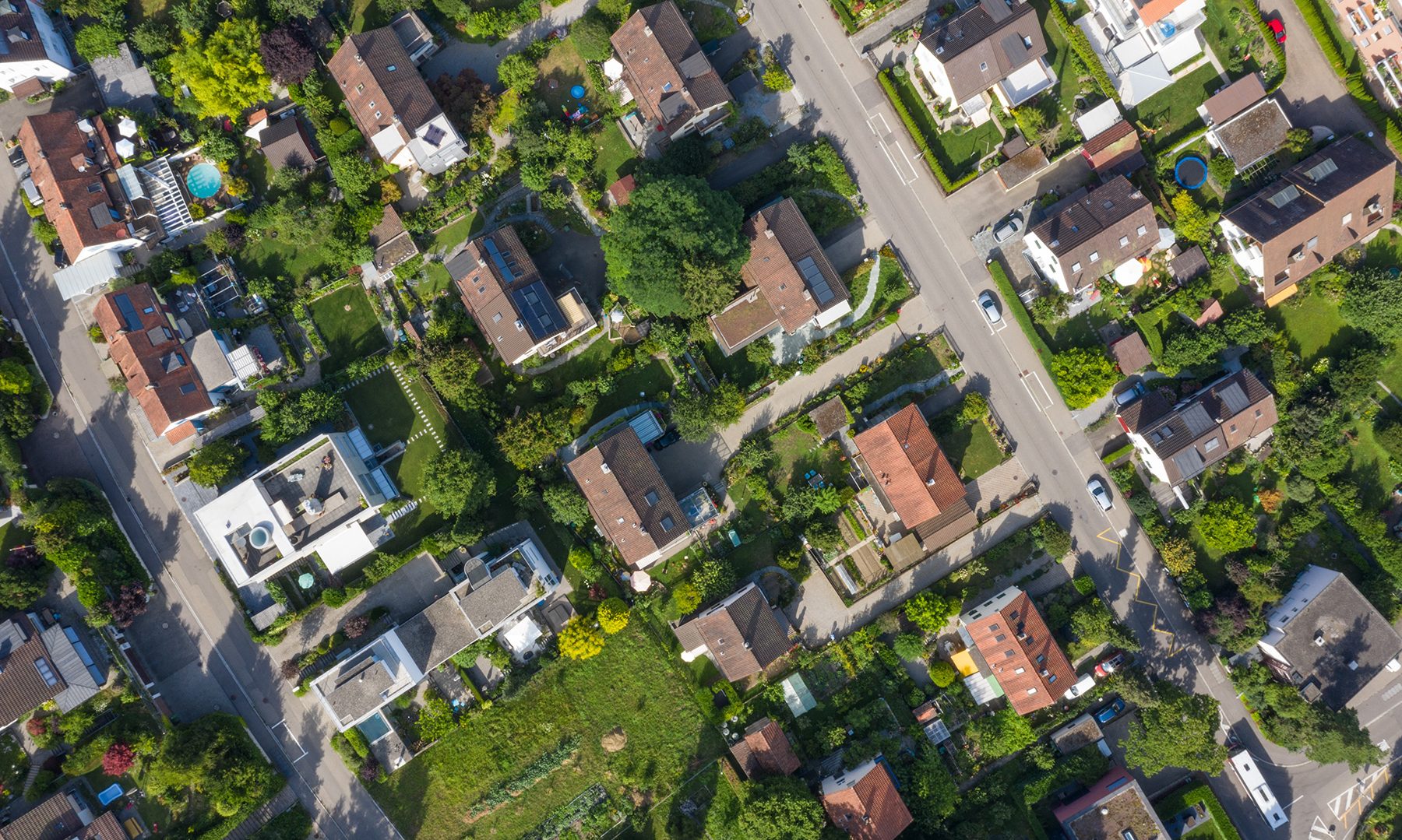Reduce and Eliminate Radon From Your Home
Radon is a serious health concern for homeowners. Radon is an invisible, odorless and tasteless gas that is a known carcinogen and is responsible for over 20,000 lung cancer deaths in the United States each year.
Watch a quick video to learn more about radon and why you need to take action immediately to mitigate if your home has elevated radon levels:
Radon comes from the natural decay of uranium present in most soils. It enters a home from the soil below the foundation and becomes trapped, accumulating in dwellings. Any home may have a radon problem. This means new or old homes, well-sealed or drafty homes, and homes with or without basements may have unsafe levels of radon.
The U.S. Environmental Protection Agency (EPA) estimates 1 in every 15 homes nationwide have a high radon level at or above the recommended radon action level of 4.0 pCi/L (picocuries per liter of air). That is why they recommend homeowners test their homes for radon every two years. They also suggest retesting your home anytime you move or make any structural changes to your home. If you have a radon level of 4.0 pCi/L or higher, take steps to remedy the problem as soon as possible.
Radon concentrations can vary dramatically from home to home, so never “assume” you have safe levels of radon compared to other homes in your neighborhood.
Radon Resources and Tools
- Radon Fact Sheet (PDF)
- What is Radon (Video)
- After Move-in Checklist (PDF)
About Home Radon Remediation
The only way to truly tell you have radon exposure in your home is through radon testing.
Step 1: Test Your Home for Radon
You can test for radon yourself by purchasing a radon test from a hardware or home improvement store. You can also hire a radon testing professional to collect a sample from your home. If you do have radon levels that exceed 4.0 pCi/L, contact SWAT Environmental right away.
Our radon mitigation system installations are customized for your home based on the level of radon, the age of the home, foundation type and square footage. These systems are designed to effectively and efficiently remove radon gas from your home.
Step 2: Identify Where Radon Is Entering Your Home
Since radon can enter the home through various locations, it is important to identify how it enters. By honing in on the exposure factor, we can identify the problem and begin the radon removal processes.
Soil (Stack Effect)
Radon is naturally present in soil in many parts of the United States. The pressure differences between the interior of your home and the soil outside can create a vacuum, called the “stack effect”, causing radon gas to be sucked in through cracks in the foundation or tiny holes in the basement walls.
Mitigation efforts will address the underlying problem by equalizing the pressure inside and outside of your home. Once the pressure is equalized, radon gas will no longer be sucked inside, and the overall radon levels will decrease. One type of mitigation method, Sub Slab Depressurization or SSD, utilizes negative pressure fields established underneath the foundation of the home to pull gases directly from the soil.
Residential Radon Mitigation Systems
There are several different types of radon mitigation methods, each specifically designed for different homes. All of these methods do the same thing – reduce the amount of radon gas in your home. The system we design for you is determined by where best to install the system in your home.
Check out the different radon mitigation system installations we use.
Hire A Qualified Radon Mitigation Specialist
Radon is a serious threat, so every step you take to mitigate radon should be of highest quality. If you suspect that you have a radon problem in your home, you need to have the house, the well, and the surrounding soil tested as soon as possible. If you know you have a problem, it is very important to hire a SWAT Environmental residential radon mitigation specialist who has the training, qualifications, expertise, and experience to get rid of high levels of radiation inside your home and make sure that they do not return. We are committed to protecting families from the harmful effects of radon.
Need more radon information? Check out our helpful radon guide for homeowners.
Radon is a health risk that can be eliminated. Keep your family safe from the dangers of radon by calling SWAT Environmental at 1-800-667-2366.

